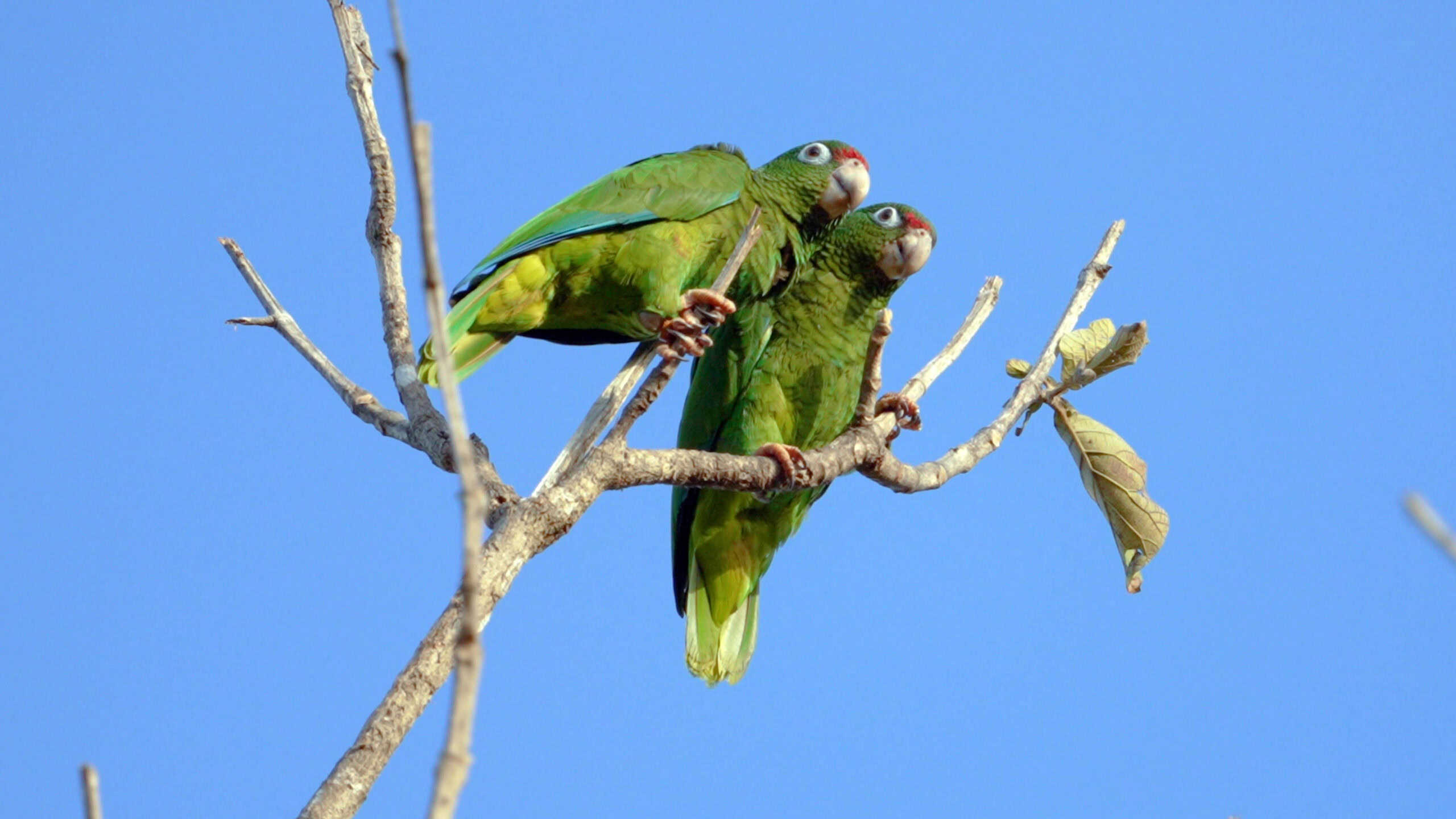The world is facing an unprecedented extinction crisis. Species are vanishing at an alarming rate, primarily due to human activities.
Scientists warn that unless immediate action is taken, many more species will disappear forever.

The Urgency of Protecting Biodiversity
A recent study published in Frontiers in Science underscores the urgency of protecting Earth’s biodiversity. Researchers pinpointed 16,825 critical sites that, if adequately protected, could prevent the predicted extinction of over 4,700 threatened species, including mammals, birds, amphibians, and rare plants.
These sites cover approximately 164 million hectares, just 1.2% of the Earth’s surface, yet their preservation could stave off a sixth mass extinction. Eric Dinerstein, the study’s lead author, emphasized the concentration of rarity, noting that protecting these areas is both achievable and cost-effective, reports Mirage News.

Concentration of Critical Sites
The majority of these conservation imperatives are located in tropical regions. Over 80% of the identified sites are in just 30 countries, with Brazil and the Philippines alone hosting one-third of them.
The tropical and subtropical moist forests are particularly crucial, comprising 75% of these high-priority areas. These regions are home to many species that exist nowhere else on Earth, Wildlife.org reports.

Economic and Political Feasibility
Protecting these critical areas is financially viable. The estimated annual cost is about $34 billion over the next five years.
To put this in perspective, this amount is less than 0.2% of the U.S. GDP. Furthermore, many of these sites are near existing protected areas, which could reduce the cost and complexity of conservation efforts, reports Plant Based News.
Governments and private entities can collaborate to achieve this goal. Conservation strategies include providing rights and titles to Indigenous Peoples and Local Communities (IPLCs) to conserve traditional lands, designating new protected areas, and purchasing or leasing privately held lands.
In some cases, re-designating the status of federal or state lands to a more protected regime could suffice, reports Salon.

The Human Impact
Human activities have driven many species to extinction. A study in the Proceedings of the National Academy of Sciences revealed that human-caused extinctions over the past 500 years would have taken 18,000 years to occur naturally. Freshwater species are disappearing at rates three orders of magnitude higher than during the last major extinction event 66 million years ago, Salon reports.
Industries such as forestry and agriculture pose significant threats to biodiversity. Many critical sites are economically valuable, and balancing conservation with economic interests is challenging, Plant Based News reports. Nevertheless, the long-term benefits of preserving these areas far outweigh the short-term economic gains from their exploitation.

Innovative Solutions
To address these challenges, new technologies and strategies are being developed. For instance, fractional land cover analysis using satellite images helps identify potential habitats for rare species, Salon reports. Additionally, integrating conservation imperatives with economic and social planning at local and regional levels can enhance effectiveness.
Another critical aspect is the involvement of Indigenous and local communities in conservation efforts. These communities often have a deep understanding of their environments and can play a vital role in protecting biodiversity, Mirage News reports. Empowering and supporting these communities is essential for the success of conservation initiatives.
The Road Ahead
The global community must act swiftly to implement these conservation strategies. Protecting 30% of Earth’s land by 2030, as outlined in the Kunming-Montreal Global Biodiversity Framework, is a crucial step. However, the political will and financial resources to achieve this goal are imperative.
Scientists remain optimistic that with concerted efforts, it is possible to avert the worst outcomes of the extinction crisis.
As Dinerstein remarked to Mirage News, the plan is “affordable and achievable” if governments, the private sector, and local communities work together to protect these critical areas for future generations.
The extinction crisis is a pressing issue that demands immediate and sustained action. By focusing on key areas and involving diverse stakeholders, it is possible to prevent the loss of countless species and preserve Earth’s rich biodiversity for future generations.
This article by Matthew Russell was first published by The Animal Rescue Site. Lead Image: PHOTO: PEXELS – TARGETED PROTECTION CAN BE MORE EFFECTIVE THAN BROAD CONSERVATION PLANS.
What you can do
Help to save wildlife by donating as little as $1 – It only takes a minute.







Leave a Reply